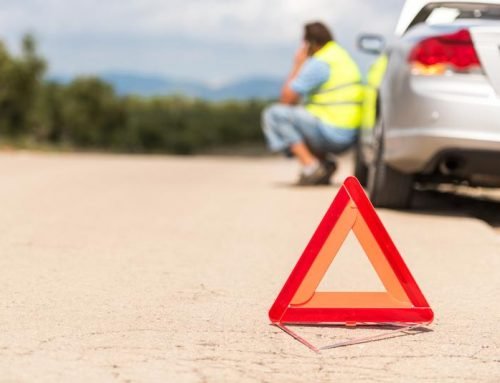What Is a Seat Belt?
A seat belt is:
- a strap in a vehicle or aircraft that fastens around you, holding you in your seat to reduce the risk of injury in an accident
- a belt or strap securing a person to prevent injury, mostly used in transportation especially in a vehicle, or aircraft.
Before 1959, only two-point lap belts were available in automobiles.
Over the years many have tried to count the survivors and deaths of car accidents without seat belts over many years and every year the numbers are beyond staggering at the least to say. Yes, we at HESSCO know these numbers are extremely short because those who can walk away without saying anything… normally do. But understanding what is happening to you is extremely important because just maybe next time you hop into your car you’ll remember to put on your 48mm polyester webbing.
History Nils Ivar Bohlin was a former Saab aviation engineer who worked on ejector seats, then an engineer at Volvo who invented the three-point seat belt in 1959. The 1950s were a time when pilots and racing drivers wore harnesses, but seat belts took the form of a rudimentary two-point waist restraint. In crashes, sometimes these caused more harm than good. The reason the three-point seat belt is so widely adopted is actually that Volvo opened up the patent so that any car manufacturer could use it in their design.
They decided that the invention was so significant, it had more value as a free life-saving tool than something to profit from. Volvo’s managing director Alan Dessell is quoted as saying: “The decision to release the three-point seat belt patent was visionary and in line with Volvo’s guiding principle of safety.”
Cause & Effect
Let us do some real math here, say our driver is about 160 lb. and say the car is traveling at 30 MPH. and then a crash which stopped the driver in a short distance of say 1 foot (equivalence of striking a utility pole)
When Wearing A Seat Belt…
If the weight of the driver is: 160 lb = 711.680 N, corresponding to mass = 72.620 kg = 4.976 slugs and the car is traveling with a speed of: 30 mi/hr = 48.280 km/hr v = 13.411 m/s then a crash which stopped the driver in a distance d = 1ft = 0.3048m would result in an average impact force of: F(Impact Force) = 21426.40 N = 4817.1 lb = 2.41 tons!! That’s over 4800 pounds.
When NOT Wearing A Seat Belt…
Stopping distance determined by nature of collision with windshield, steering column, etc. : stopping distance 0.2 ft. Deceleration = 4836 ft/s2 = 1474 m/s2 = 15 g’s Force = 24068 lb = 107059 N = 12 tons. That’s over 24,000 pounds!
You would experience 12 tons when NOT wearing a seat belt compared to 2.4 tons if seat belt is on, stopping in 1ft.
CDC Comment & Recommendations What Can We Do?
“Seat belts protect people from needless death and injury. But whether it is because they are in a hurry, distracted, or they simply forget, many people don’t wear their seat belts, and thousands die as a result. CDC recommends effective, well-enforced seat belt laws to ensure that every person in every seat buckles up on every trip.”
Primary enforcement seat belt laws Laws requiring seat belt use are either “primary” or “secondary” enforcement laws. Primary enforcement laws allow police officers to pull over drivers and issue tickets just because the drivers—or their passengers— aren’t wearing seat belts.
Secondary enforcement laws only allow police officers to issue tickets for seat belt violations if drivers have been pulled over for some other offense. Secondary enforcement significantly limits the ability of officers to enforce seat belt laws. Rates of seatbelt use are 9 percentage points higher in primary enforcement states than secondary states.
If the overall prevalence of seat belt use in states with secondary enforcement laws had matched the higher prevalence in states with primary laws, an additional 7.3 million adults would have buckled up in 2008.8 Increasing the number of states with primary enforcement seat belt laws covering all positions will increase seat belt use and save lives.
Enhanced Enforcement of Existing Seat Belt Laws “Enhanced enforcement” programs seek to better support seat belt laws by either increasing the average number of citations each officer issues or by increasing the number of officers on patrol. These measures are supported by publicity campaigns, like the successful “Click It or Ticket” initiative.
Research has shown that enhanced enforcement programs increase seat belt use by a median of 16 percentage points. Communities that follow this model and implement these programs will increase seat belt use.
Read here to see more on what the CDC has to share on facts: https://www.cdc.gov/motorvehiclesafety/seatbeltbrief/index.html










